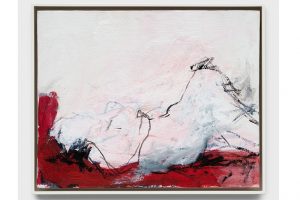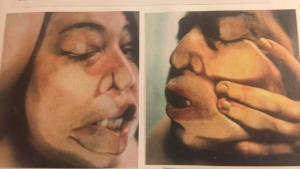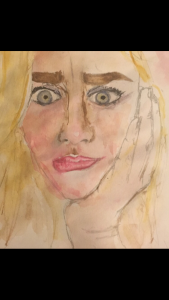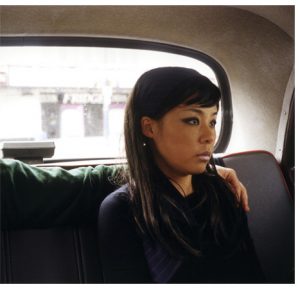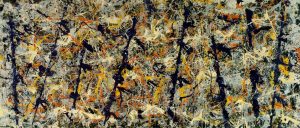
Jackson Pollock ( 1912- 1956) was born Paul Jackson Pollock and was an American abstract expressionist painter. (Coates, 1952). He was well known especially for his unique style of drip painting.
His Blue Poles painting is a very controversial painting with a history of its own. The actual Blue Poles are 8 blue pole like lines down the canvas at different angles to each other and really do dominate the painting. (Fitzsimmons, 1952).
So my theory would be to make the canvas smaller and less significant as we know it fills a wall with its memorable measurements. I then feel by simplifying it, I would remove the Blue poles, which would redefine the whole characteristic of the painting.
This wouldn’t make it to significant it would just look like another one of his work where he splatters different paint. The bold blue lines adds something to the painting and breaks it up, making it different form his other works. The effect of the removal would be astounding and would completely change the juxtaposition and features of the painting. I also felt that if the canvas was smaller he wouldn’t be able to be so gesturally with his art and his movements. Which is what he is best known for.
Bibliography
Coates, Robert M (1952) ‘From Ingres to Pollock’, Direct. New Yorker, p 179.
Fitzsimmons James, (1952), ‘Jackson Pollock’ Art Digest.15 p 17.


